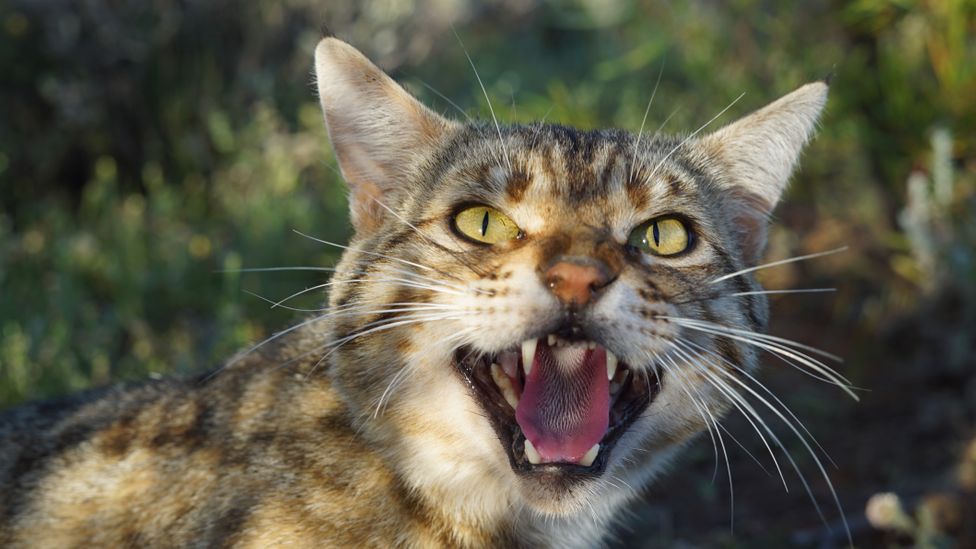
Feral cats are public enemy number one in Australia! Other than Antarctica, Australia is the only continent on Earth where the animals evolved without cats, making all native wildlife vulnerable to them.
It is thought that early European settlers introduced cats and now with feral cat numbers in Australia around 2.8 million, their impact on native wildlife is driving some species to extinction. Their high levels of predation and their killer instinct has played a major role in most of Australia’s 34 mammal extinctions. They continue to create an extinction threat to at least another 124 species.
A single feral cat can kill as many as 1,100 animals every year making culling of vital importance.
1. What is a Feral Cat?
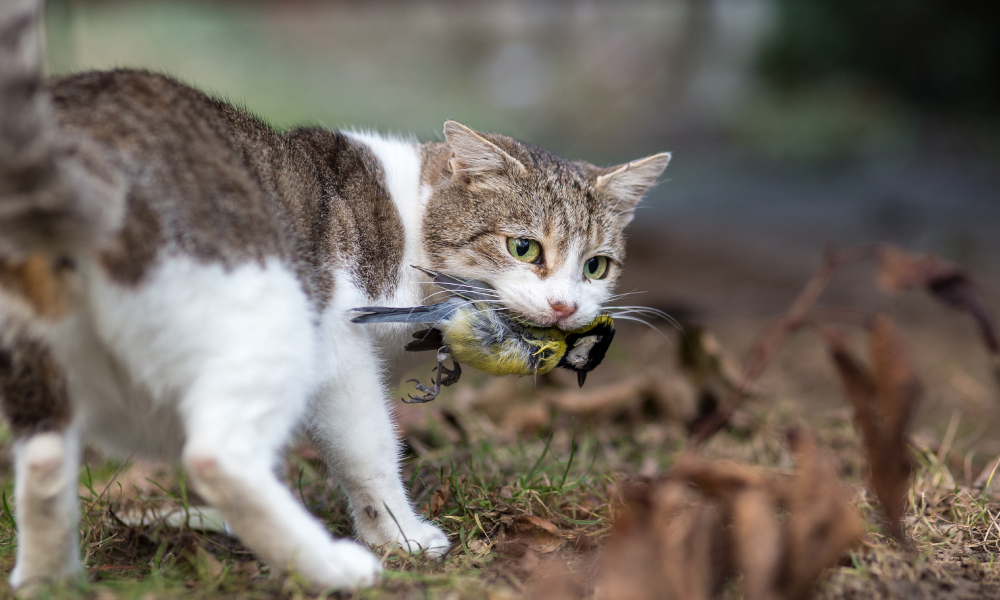
A Feral Cat is a cat that is an unowned domestic cat which operates in the wild and can survive without human reliance or contact. It does not allow itself to be handled or touched and usually remain hidden from humans. They are not likely to ever become a lap cat or enjoy indoor living.
Feral cats can breed over dozens of generations and become aggressive predators in Australia’s bushland setting. Female feral cats produce two litters every year and breed successfully in the Australian landscape. They are now present across 99.8% of the Australian continent.
They can weigh up to 9kg and live on average for 5 years in comparison to domestic cats who can live on average 9-15 years.
2. How Many Feral Cats are in Australia?
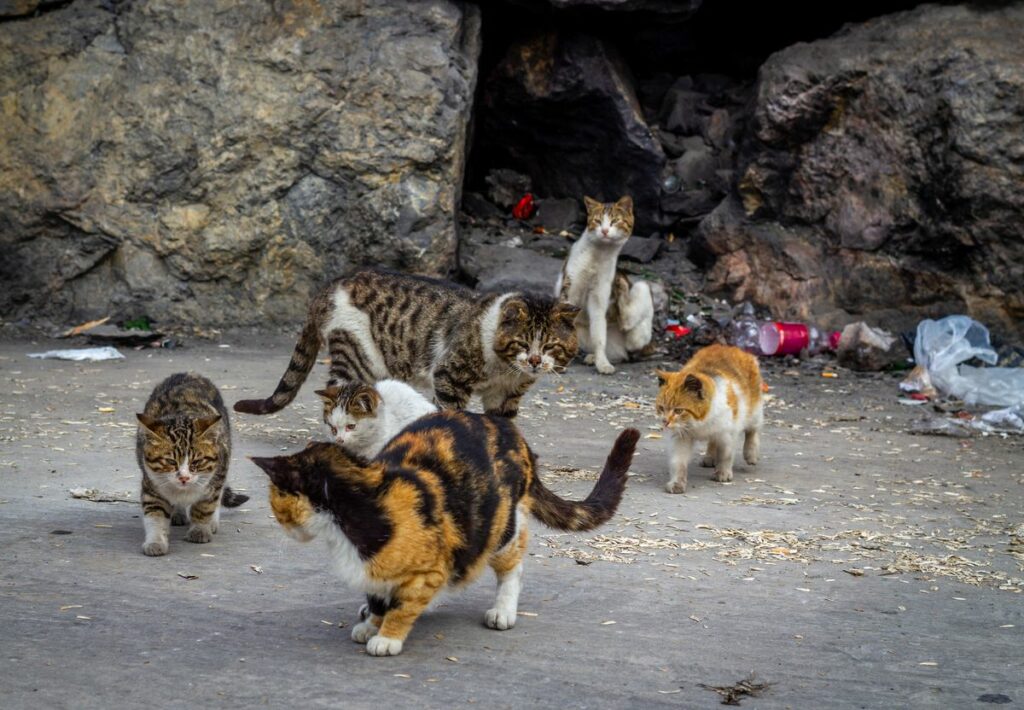
Estimates of the number of feral cats in Australia range from 2.1 million to around 6.3 million during years with a lot of rainfall and when prey is abundant.
Calculating an accurate number of feral cats in Australia is difficult as the numbers fluctuate with prey availability and climate. Their density and abundance vary greatly in different terrains of Australia from sub-alpine mountains to deserts and or other conditions.
The numbers also fluctuate considerably with availability of prey. For instance, numbers can quadruple within a few months during a mouse, rat, or rabbit plague. In drought times the numbers drop as there is little food available but in plentiful rainfall the numbers increase as there is an increase in the abundance of prey.
3. How Many Animals Do Cats Kill Each Year?
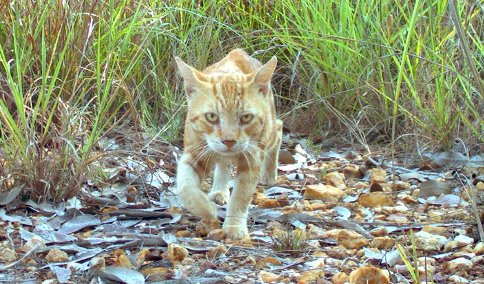
In just one day Australia’s millions of cats kill approximately 1.3 million birds, 1.8 million reptiles and over 3.1 million mammals. In a year cats kill over 2 billion wild animals. A single feral cat kills more than a thousand wild animals making them the single biggest threat to Australia’s native mammals. The next threat is foxes, but feral cats prey on small mammals killing more of them than any other predator.
Many Australian animals simply cannot survive where there is predation by feral cats This threat is greater than habitat loss.
4. What are the Impacts of Feral Cats on endangered species?
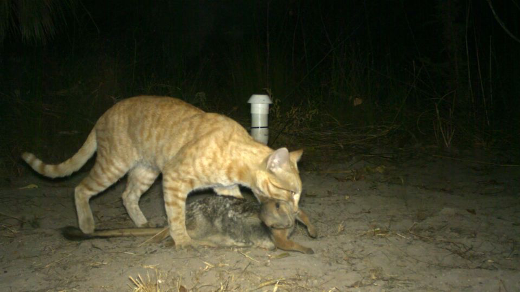
There are at least 400 native and introduced vertebrates which are likely to become prey of feral cats including birds, reptiles, marsupials, rodents, frogs. The Environment Department says feral cats are thought to threaten over 80 vulnerable and endangered native animals.
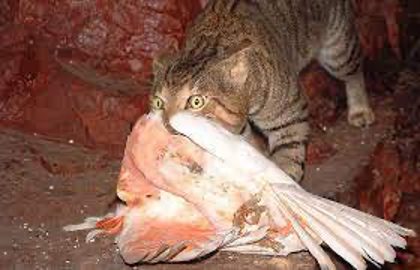
Sadly, feral cats have played a major role in the extinction of around 30 mammals and are a current threat to several threatened mammal and bird species. Evidence for population level impacts of feral cats has been taken from historical patterns of lessening numbers and extinction. Their impact has contributed to the failure of reintroduction attempts for endangered mammal species. Evidence also suggests that feral cats can keep numbers low or exterminate small mammal populations.
They have contributed to extinctions of the rusty numbat, the desert bandicoot, the crescent nail-tail wallaby, and the broad-faced potoroo. They are putting a direct pressure on over 124 species endangered with extinction, including bilbies, numbats, quokkas, quolls, bandicoots, parrots, lizards, and frogs.
Many of Australia’s native species cannot hold out against these high levels of predations and become increasingly at risk of extinction.
5. What can be Done to Prevent Feral Cat Numbers Increasing?
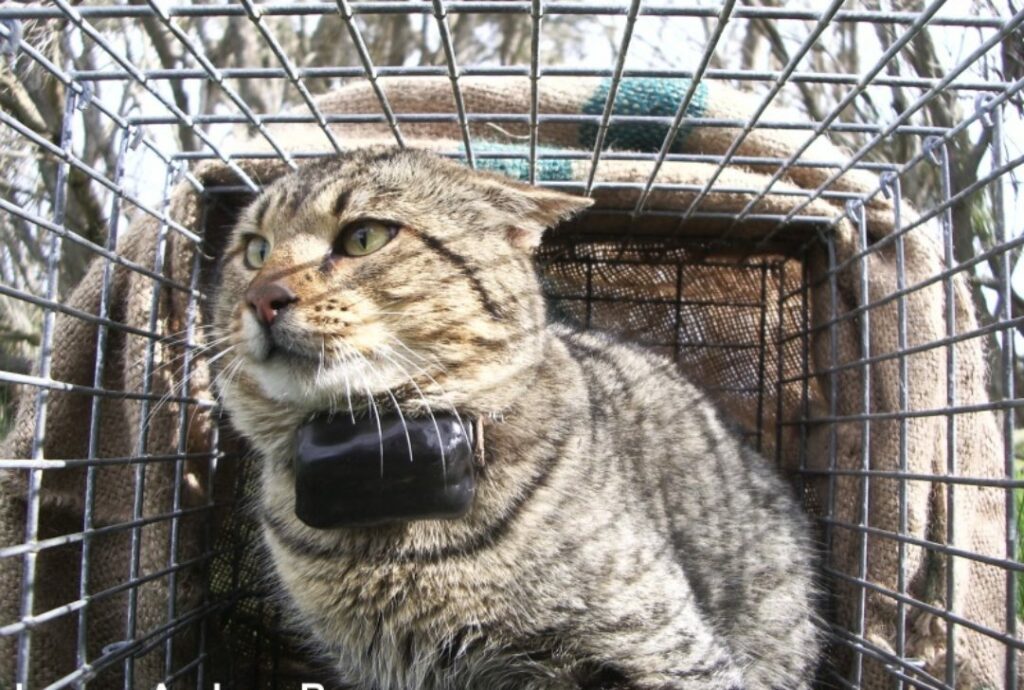
In 2015 the Australian government put plans forward to cull 2 million feral cats during the next few years.
This action is happening right across Australia to reduce the number of feral cats and their impacts on threatened species deployed. Methods have to be humane, effective, and justifiable. TNR (Trap, Neuter and Return) Cats are normally trapped spayed or neutered and vaccinated against rabies and distemper.
http://www.alleycat.org/Trap-Neuter-Return.
In the Kosciusko National Park, the critical habitat of the mountain-pygmy-possum has been threatened and a feral cat detector dog has been deployed to sniff out where feral cats have been and are situated and their handler then humanely removing them. Removing feral cats help the small mammal population to increase and more bandicoots and konoom populations are being found.
However, native fauna is vulnerable to invasive species, especially cats, as the continent’s species have evolved without the presence of these deadly predictors. Many conservationists think something needs to be done to protect Australia’s unique species.
6. What other methods are used to kill feral cats?
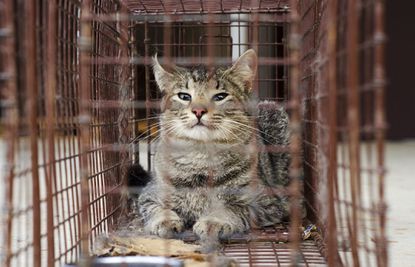
In NSW, the Game and Feral Animal Control Act 2002, allows shooters with the relevant licence, can shoot non- indigenous game animals which include free-roaming cats. Shooting cats is hard work in relation to how many cats are killed and requires a lot of skill.
Throughout Australia, cage traps can be used and soft-jawed leg-hold traps are permitted in some states and territories.
The impacts of feral cats can also be managed by improved fire management as this improves the habitat quality for native animals and decreases the hunting efficiency of feral cats.
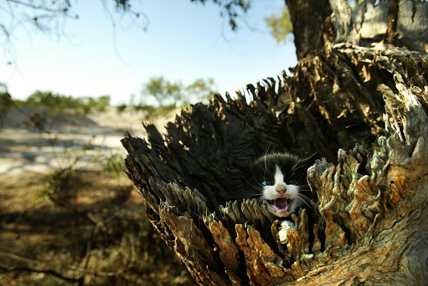
Feral grooming traps that can identify feral cats from native animals, trap the cat then spray a small amount of a toxic compound onto their backs which feral cats will swallow when grooming themselves. Poisons derived from gastrolobium plants are also highly lethal to cats.
Exclusive fencing has also proved successful in targeted areas.
7. Is there a bounty on feral cats in Australia?
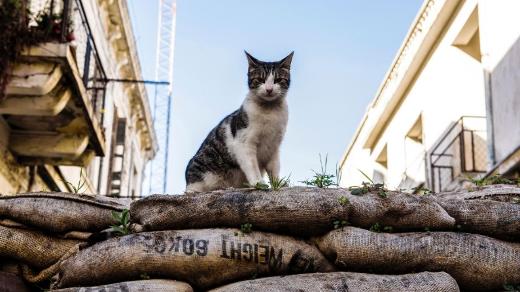
Animal rights activists have called it cruel and unnecessary to offer a bounty for the scalps of feral cats. People for the Ethical Treatment of Animals (PETA) have labelled it cruel. Yet in Queensland the local council of Banana Shire has offered a bounty of $10 for the scalp of an adult feral cat and $5 for a kitten when responding to an explosive population of feral cats hunting native wildlife.
It is thought that bounties need to be focussed on a certain area, so the killing of feral cats is concentrated rather than a scatter gun approach. Every landowner in Banana Shire is asked to do this humanely, using an approved method with gunshot being the more common choice. Scalping must then occur after the animal is deceased. This method has been used for wild dogs and foxes for decades.
8. Can Feral Cats be Tamed to Become Domestic Cats?
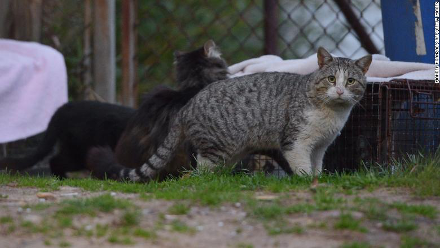
Taming an adult feral cat is usually not possible. These cats are extremely aggressive and are a threat to humans because of the many diseases they carry.
Toxoplasmosis or cat scratch fever are some of the many diseases that affect humans. It is possible for feral cats to become infected with rabies which could be transmitted to humans if they are bitten or scratched. Luckily cats to human transmission of rabies is rare.
If people do try and tame a cat this can put other pets at risk not only from disease, but also because their aggressive nature means that thy may never become as friendly and passive as a domesticated cat.
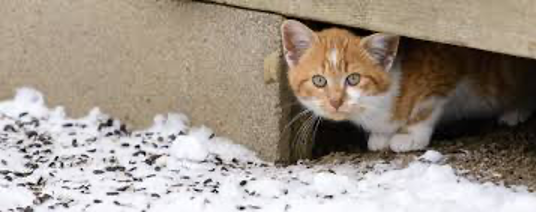
It is possible to tame a young feral kitten with proper socialisation to humans. This can take up to 6 weeks or longer depending on their age and amount of time in the wild. A kitten will get more accustomed to humans if under three months old.
For feral kittens: to socialize them visit: –
https://www.alleycat.org/community-cat-care-category/cat-care/kittens/
9. What is the Difference Between Stray and Feral Cats?
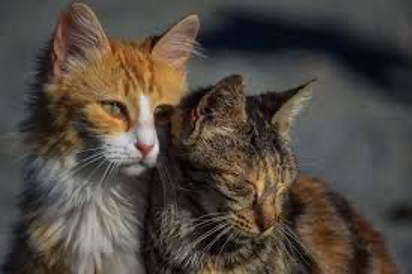
Feral or stray cats are both members of the same species, but they differ from each other in their relationship to, and interactions with people. Stray cats are socialized to people, but feral cats are not. Feral cats are bonded to each other and their colony members but do not have the same relationship with people. Feral cats either never had contact with humans or the contact with humans has diminished over time. Consequently, they are fearful of people and survive on their own outdoors. A feral cat is not likely to ever enjoy living indoors or become a lap cat. Stray cats can look dirty and untidy, as well as having thinner coats because they do not know or are not used to hunting for themselves. Feral cats are used to being on their own so they naturally know to groom themselves and often have a clean well-kept coat.
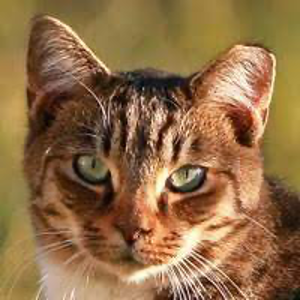
If the feral cat has been in the TNR (trap-neuter-release program) then you one of their ears is as a rule cut or tipped before they are released into back to their colony.
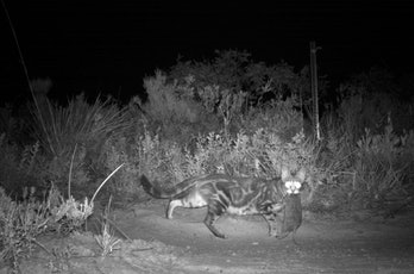
Feral cats are nocturnal spending most of the day in the safety of a shelter or behind a log or rock pile. Feral cats do not meow at humans for attention but if a cat does meow as it approaches you it is probably a stray that has been socialised to humans.
10. Who introduced cats into Australia?
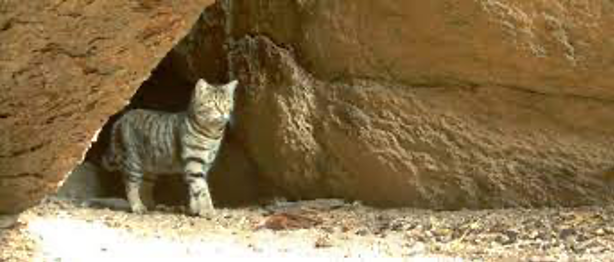
Most of the evidence suggests that feral cats in Australia are descended from animals that arrived with the early European settlers as pets. Historical records date the arrival of cats to Australia at around 1804 and the cats first became feral around Sydney by 1820. European settlers later deliberately introduced them into the wild as an attempt to control rat, mice and rabbit populations. Feral cats now occupy 99% of the continent.
It is possible that some cats came ashore from Dutch shipwrecks off Western Australia around 1600. It is also possible that they arrived with Malaysian fishermen in northern Australia from about 1650.
Even though feral cats have only been in Australia for around 200 years they have decimated native wildlife in that time and helped drive an estimated 20 mammal species to extinction.
